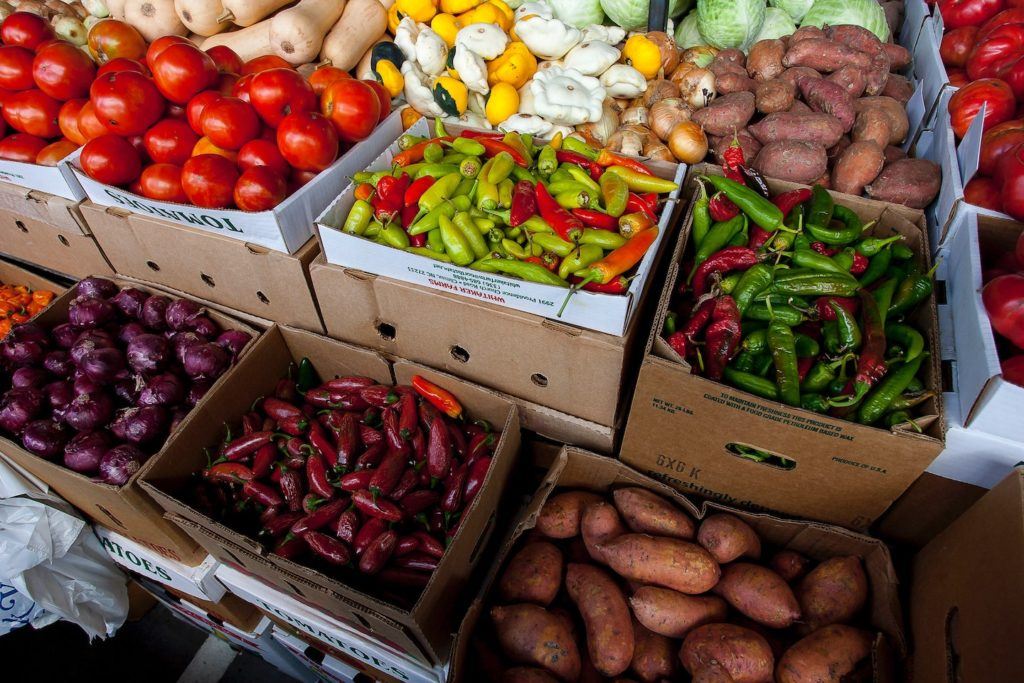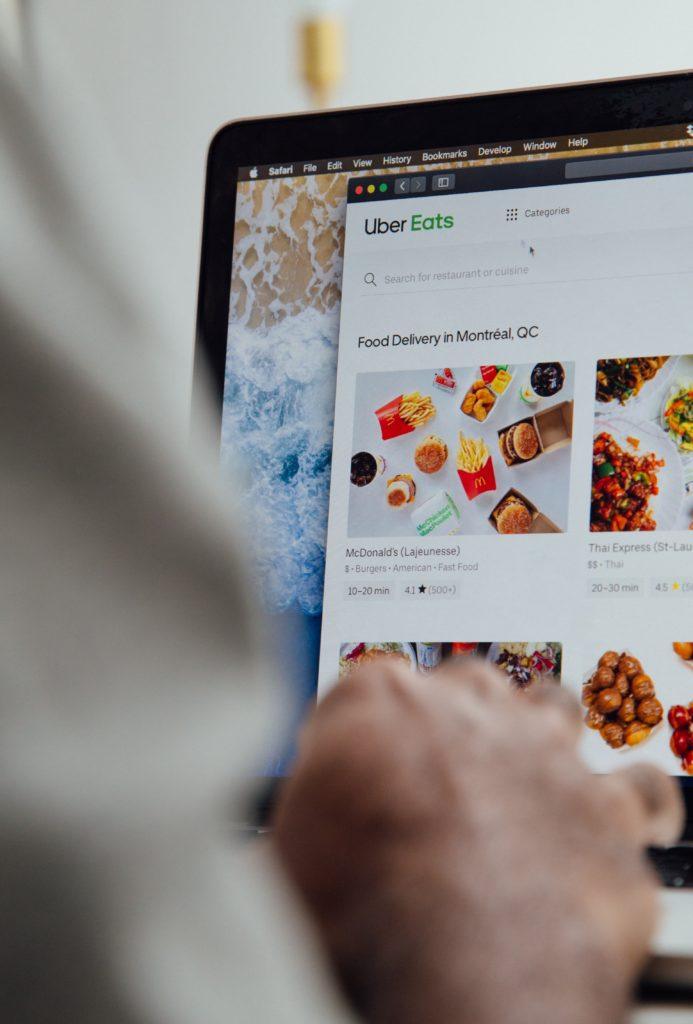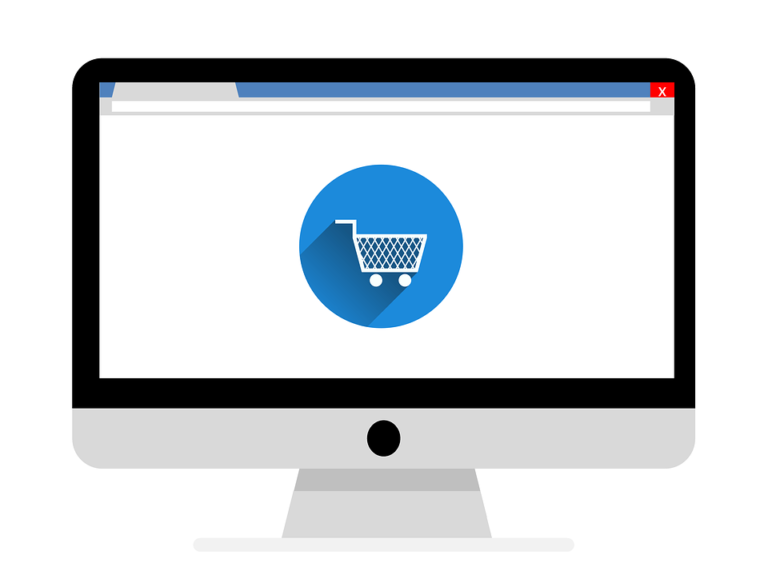Author: Jay Allis
Download Now: How to Keep Your Restaurant Running and Successful Guide
Restauranteurs,
We are sure you are all keenly aware that the COVID-19 pandemic and the necessary response to combat it has put a severe strain on the restaurant, bar, café, and food service industry as a whole. Initially there have been event cancellations at convention centers, conference centers, hotels, and large event venues. This has since morphed into restrictions placed upon restaurants to practice social distancing and limit seating capacity. Then it changed once again to our current situation where restaurants are being told that dining is now limited to takeout or delivery only. In some counties this is required and in others it is strongly recommended at the moment. However, we must assume that it will be required in the very near future. Needless to say this has put a serious amount of stress on the food industry. Now is a good time to go over some of the practices that we can implement to streamline our operations given this new reality.
Inventory Control

- Take a full inventory of all in-house goods. This will allow you to take account of all of your products and further prepare you to track any losses you may experience. It will also allow you to understand how much money you have on your shelves. Knowing exactly where you are at now, in terms of inventory, will pay off.
- Reassess your menu and consider reducing your offerings to those that would be best put in to-go containers. For example, that French Onion soup, while delicious, will not have melted cheese on top because of its styrofoam container. You should consider reducing your menu to only your best-selling items. It even may be beneficial for you to offer daily specials to help you use up the inventory that has the most potential of going bad. Adjusting your menu will help you reduce your costs, reduce your inventory, and better serve your clients.
- Minimize your ordering. Only buy what you need after considering any edits to your menu. This will help you keep your costs down.
- Preserve what you can. Freeze any products in your inventory to extend their life, even if only for a few days as we don’t know what tomorrow will bring. Sauté that spinach and freeze it. Review your recipes and consider ingredients you can prepare and freeze, for instance caramelize the onions and garlic and freeze them as they will get buzzed up in the vinaigrette. Freeze any veggies that will be used in purees, soups, etc… Minimizing loss through preservation will help in the long run.
- Donate what you can. Food banks and shelters are always looking for donations. If you have inventory that you know will spoil or that you won’t otherwise be able to use, consider donating it to a good cause. It’s a good thing to do and it will help with your taxes.
Customer Interactions

- Delivery partnerships. Consider using UberEats, GrubHub, PostMates, DoorDash, etc… These companies are designed to take your food to your customers and will minimize social contact. If your restaurant is not already a client, inquire about new member incentives as there may be some you can take advantage of.
- Consider delivering your own products. Employees whose hours have been cut should be hired to work delivery. This will help them retain their jobs and allow you to keep your quality staff. You have trained them and don’t want to lose them if you can; this is one potential way to help. It is important to check on the legalities of this in terms of insurance, switching them to contractors, etc… but considering the state of willingness to adjust rules and regulations to keep economic sectors in business this may be an option.
- Social Distancing. Having procedures for takeout and delivery to minimize social contact is a must according to health professionals.
- Consider moving to credit only. I know many won’t like this but cash is dirty in general, nonetheless when there is a pandemic among us. Considering the way COVID-19 is transmitted on fabrics and materials handled by those that have the virus, and considering the way cash moves about our society, it may be best to avoid it for the time being. A credit card machine is easy to wipe down and clean… cash is not. But if you do take cash, consider precautions.
- Social Media. If you don’t already have a website, consider getting one. Get a Facebook business page. Let the world know that you’re still in business and that you’re still serving. Let them know about your specials, their delivery options, the preorders available for quick pick-up, and any products that aren’t available that normally are. Email any clients whose information you may already have to drive business your way.
- Alter your hours of operation. Consider changing your hours to reflect peak business hours. This will potentially lower your labor costs and, in conjunction with social media, will potentially drive up business during the hours you are open. Maximize your productivity by limiting your availability.
Maintenance

- Now is a good time to do deep cleaning. Not only will this keep your staff busy and employed, but it will also address areas that have been long neglected. Clean that wall and floor behind the grill, oven, fryer, and lowboy. Empty the racks and scrub them down. Detail the walk-in of the restaurant. Front of house and back of house always have projects that get passed up when business is booming. Cleaning is always good, even more so now that there is time available to address those often overlooked projects.
- Minor cosmetic and functionality issues can get done. That graffiti in the bathroom needs painting over with a color matched paint. Those tables with wobbles need leveling. That reorganizing that you’ve been too busy to get to can finally get done and with less business it won’t be a strain on timeliness and service. Look around and touch things up. Don’t get over ambitious as now is not the time to redecorate unless you have the funds. Make things neat and tidy; people will notice when business picks up.
- Function and flow. If you have had consistent issues with areas that are problematic bottlenecks with foot traffic consider rearranging things a bit. Do the servers all go to the same computer area and get in each other’s way? Is there that one table that causes people to stop, wait, let others pass, and then go because it’s too narrow? Does the work flow not function as best as it could? Do employees have to walk around the entire restaurant to get only a few items? Move things around. Look to minimize steps especially on the line where doing so can make a big difference. Streamline your steps, your motions, and your procedures and your efficiency will only get better.
Financial Assistance

- EDD (Employment Development Department) – filing for unemployment for your employees. Filing when there’s a drop in employee hours due to lack of business.
- EIDL (Economic Injury Disaster Loans) – up to 2 million dollars at a fixed 3.75% with terms up to 30 years designed to help you through the economic hardship that America is facing. No application fee, no closing costs, 2-3 weeks approval, and funds can be available usually within 5 days of closing. Loan is deferred for 11 months meaning your 1st payment isn’t due until the 12th. They’ve streamlined the process to help get funds to you as quickly as possible. This is a fantastic program that very easily could mean the difference between staying in business or having to close your doors permanently.
- Speak to your landlord. Talk to your landlord about deferment for step up lease options over the next quarter or two.
- Employ energy conservation initiatives. With the cost of fuel and electricity high, any and all conservation measures can save you money.
- Comparison shop your insurance policies. Many small business owners routinely renew policies annually rather than shopping around for better deals.
- Manage Payroll. Think long and hard before laying off employees. The economic downturn is temporary, and it will be very costly to find and train new employees needed when business is booming again.
- Contact the OCIE SBDC! Several financial grants and loan programs are available from federal, state, county, city, and other sources. If you need it there is probably a source of funding that can help, and seemingly more keep being added every day. We can help you sort through it all, it’s what we do – at no cost or catch.
Business Housekeeping
- Revisit your business plan. If you started out with a written plan to guide you, it’s time to take another look. It may be that your initial business model is no longer viable in today’s marketplace
- Meet with advisors. Where do you see you business in three years? What will it take to get there? What can you do now to make it happen? Meet with your accountant to strategize your tax planning for the rest of the year.
- Sole proprietorships and partnerships. Creditors can look to your personal assets–your home, your car, and your savings–to satisfy their claims. Limited liability companies and corporations -Creditors can only satisfy their claims from business assets; your personal assets may be protected. Consider making a structural shift to an LLC.
Be prepared for change. Rumors fly, programs discussed, new policies made, new assistance made available, new COVID-19 containment regulations to deal with, and they all seem to get updated daily. What is good today may not be tomorrow. Just do your best and let us help.
Hang in there! We’re all in this together even though it may not feel that way. With all the social distancing and stress of worrying about your business it may feel like you’re all alone with the weight of the world on your shoulders. Let us at the SBDC do our best to help you through this tough time and come out stronger when it’s all over. There are over 350 million people in this country and we’re all beginning to get a bit looney with cabin fever. Imagine, when things have cleared up and the danger has passed, how ready everyone will be to get out of the house, have a drink, and have a good meal. What you do now will have a direct impact on your business later. Take advantage and get ready, in the short term it may get worse, but in the long run it’s only going to get better and better.




